It was the first day of my trip exploring Canada’s Gros Morne National Park and I’d already forgotten an important rule about hiking back trails. Don’t get led astray. And astray I was, in 46,000 acres of wilderness no less. Thankfully it wasn’t raining.
Surrounded by impenetrable bracken so deep I couldn’t see my knees, I spun around with my map, trying to orientate myself. I shifted my feet, now so wet I’d given up trying avert boggy patches, and aligned my GPS with the map contours to face myself north.
“There I am!” I said out loud, for no other reason than that I hadn’t said anything to anyone in over 28 hours.
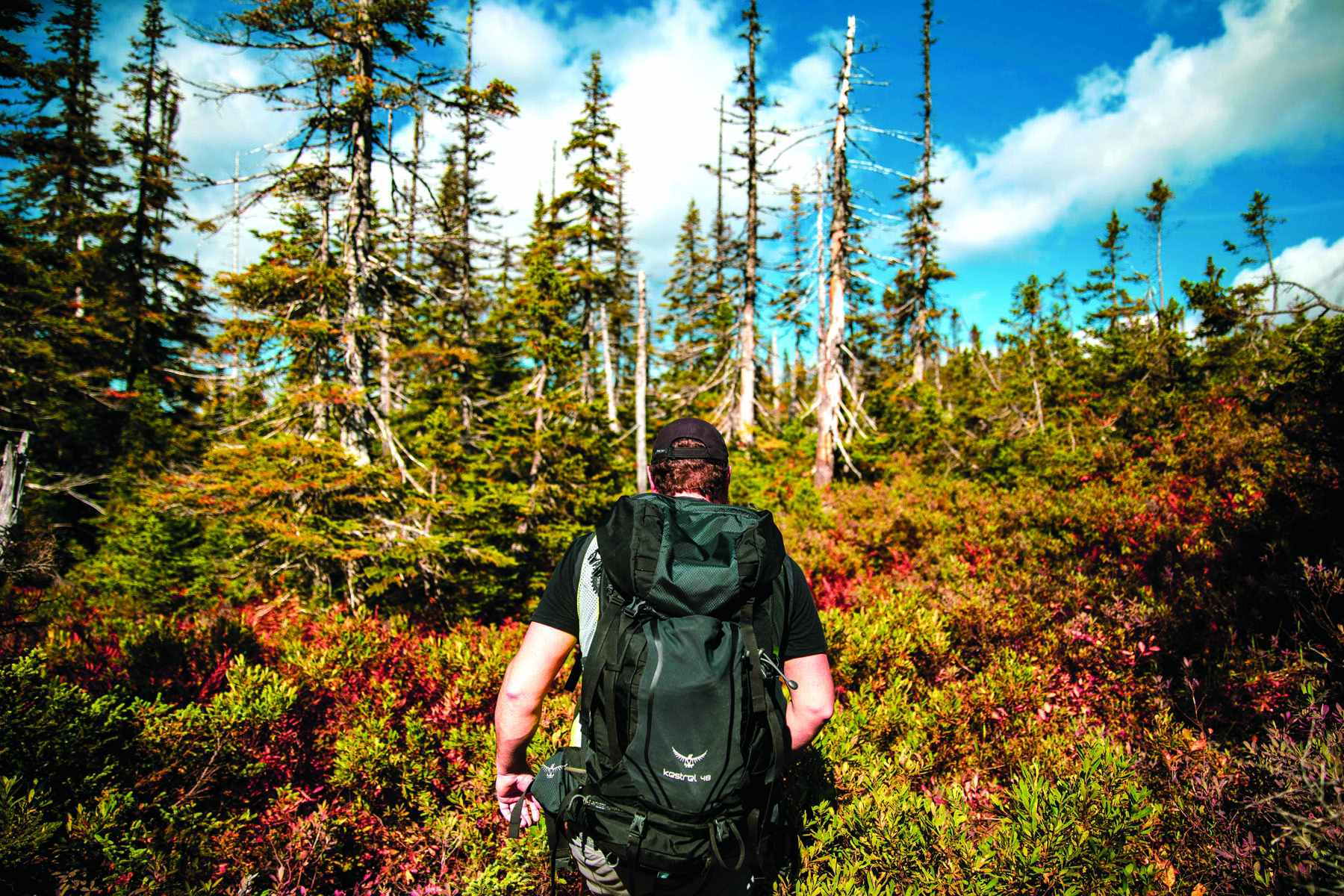



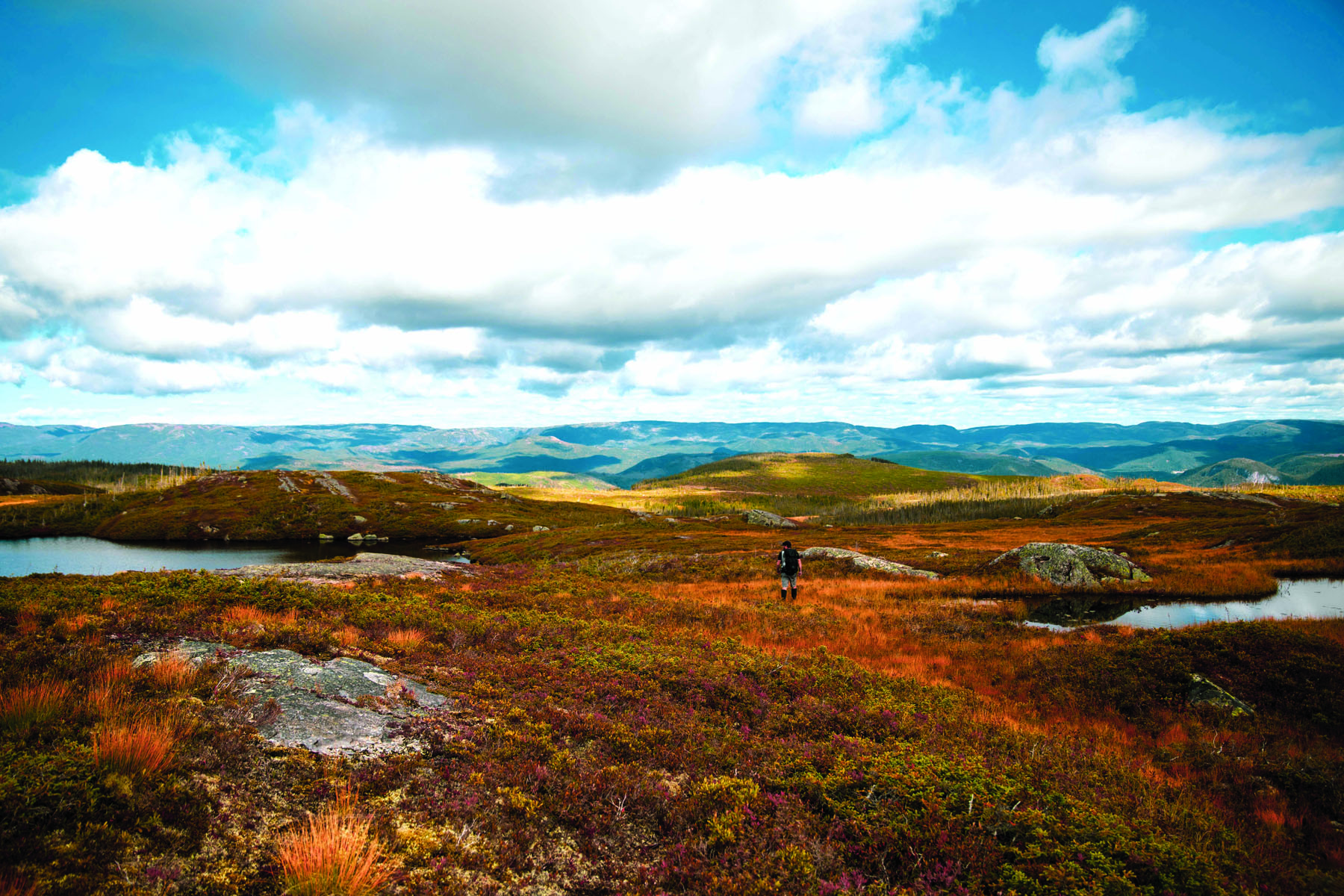
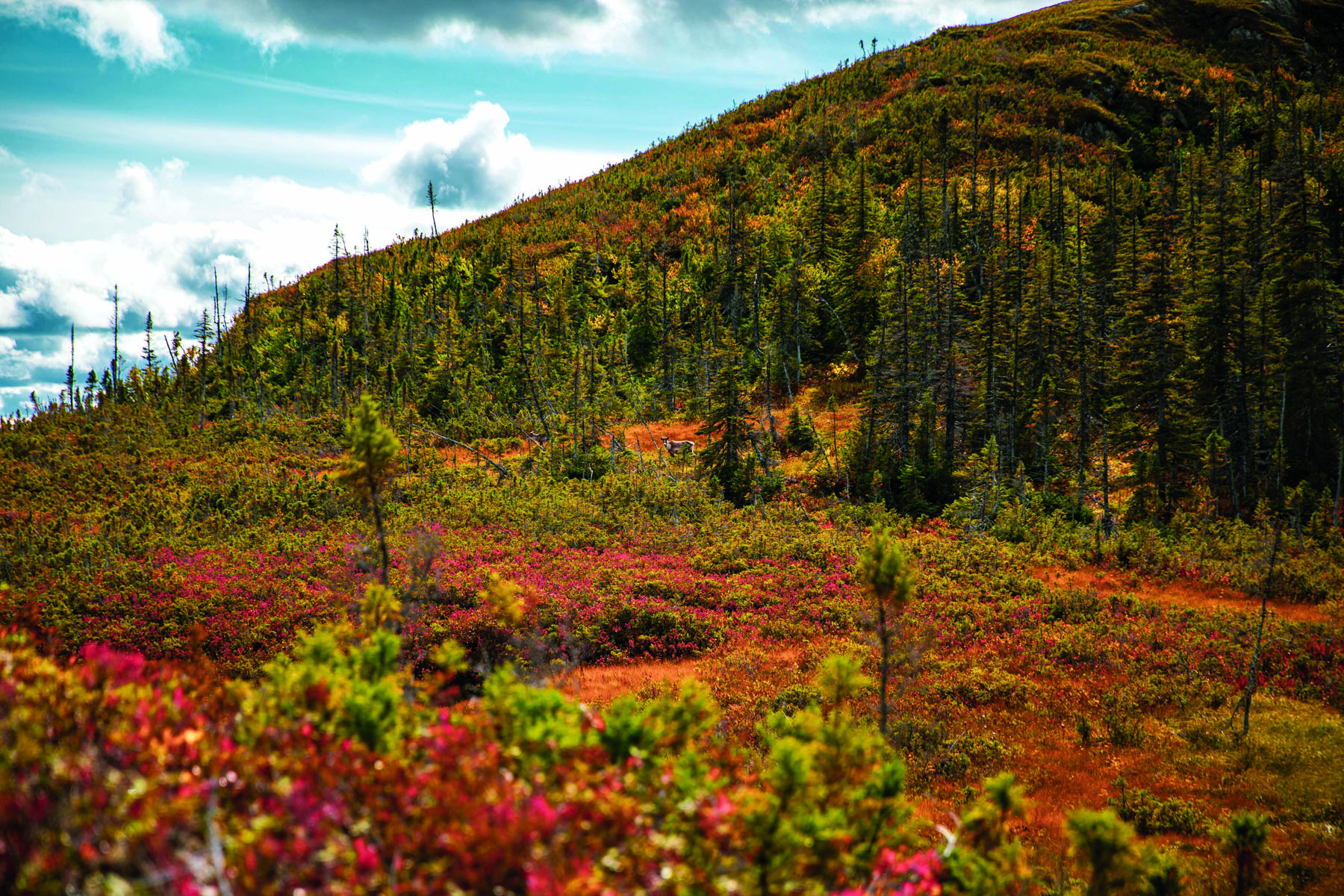


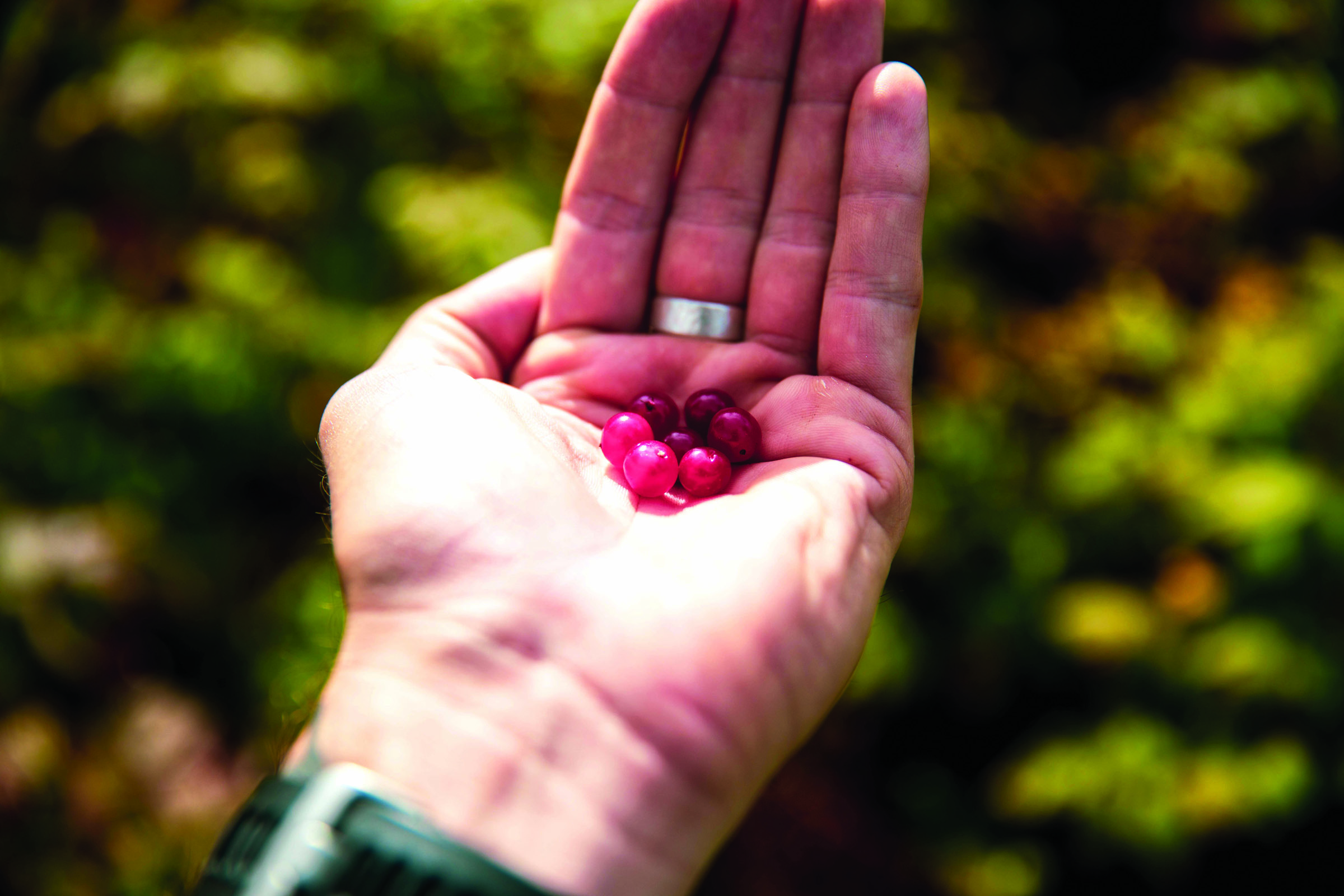

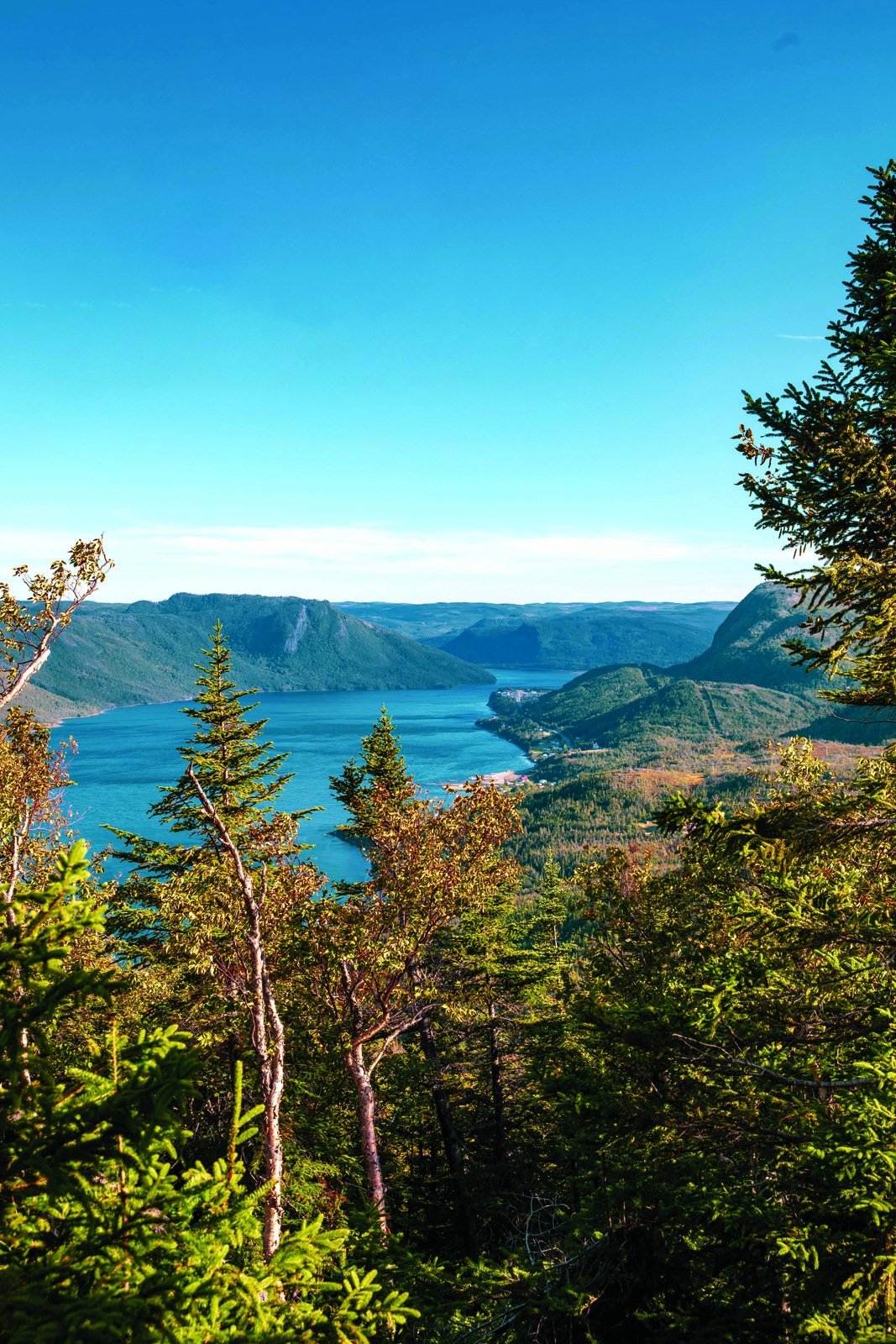
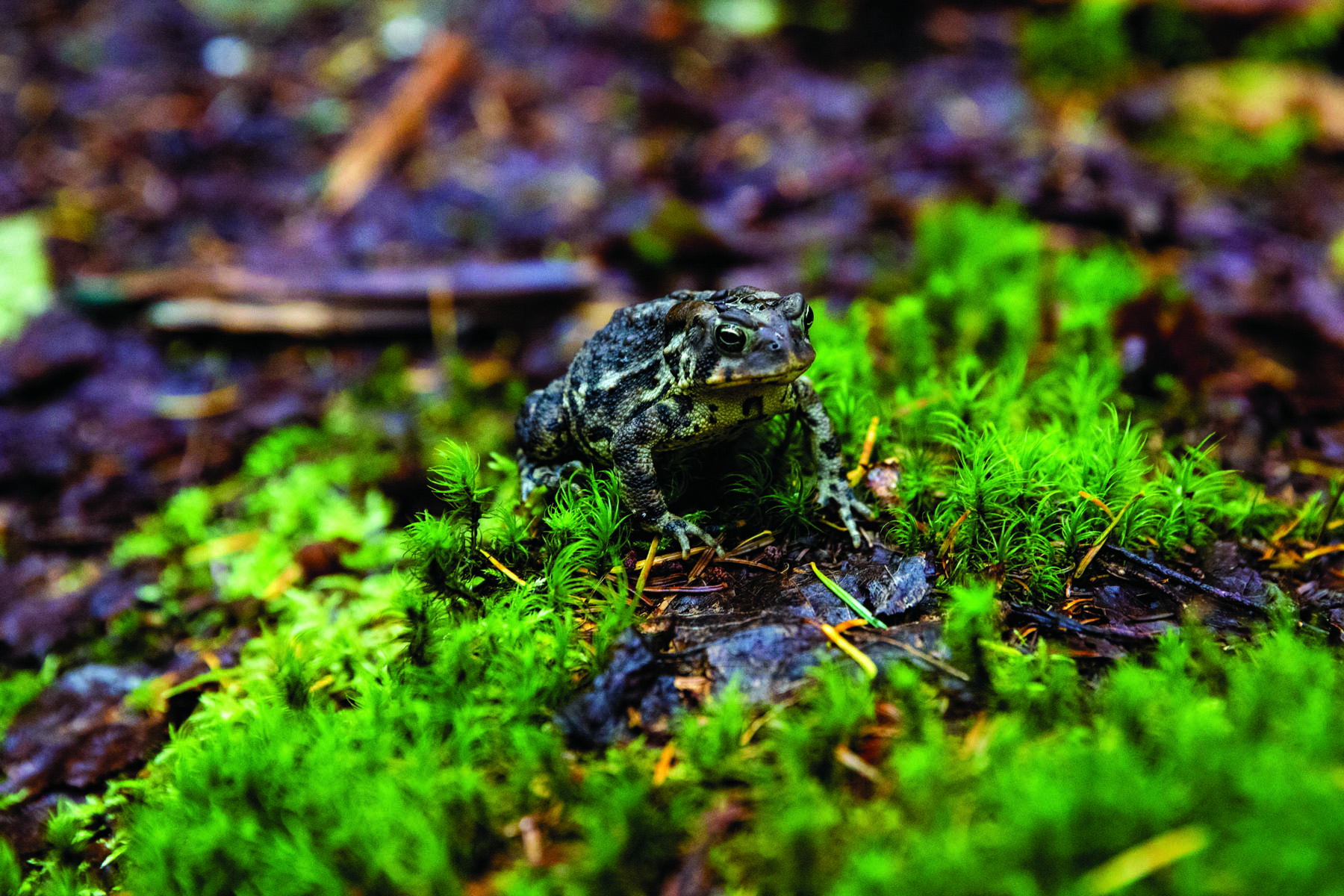
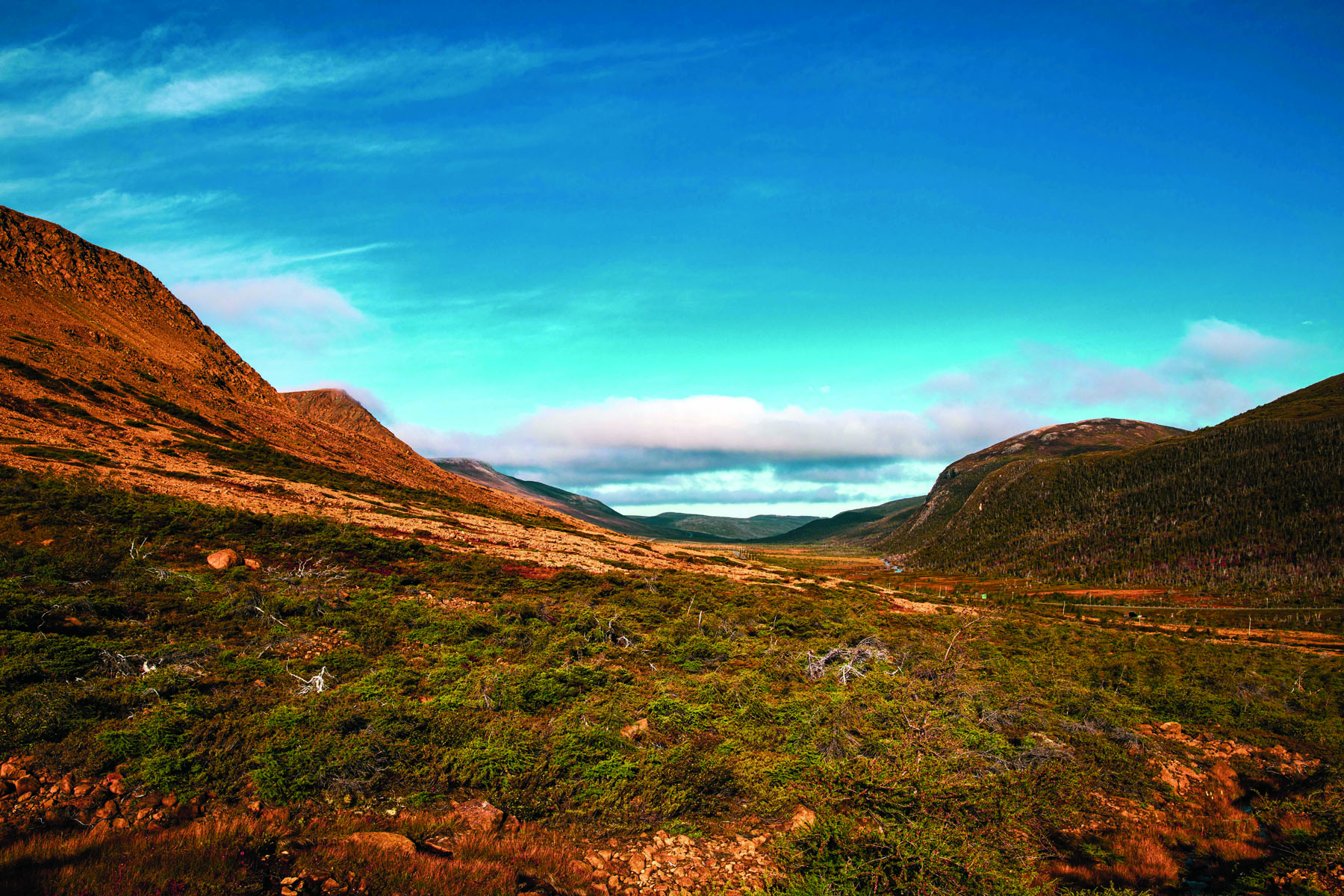
“Not far off course,” I added, sliding my map back into my pocket. I jammed a foot into a dense patch of spruce and heaved myself out of the mess I’d gotten into.
Once back on course, I chastised myself for blindly chasing after the caribou I was so sure I’d seen. Because in Gros Morne, it’s the caribou that set the pace of life.
A LARGE MOUNTAIN STANDING ALONE
As the second largest of Atlantic Canada’s national parks, Gros Morne is a landscape filled with diverse ecosystems, vistas of natural beauty and animals with big beaks, bigger horns and even bigger claws. Moose, woodland caribou, black bears and red fox make their homes among the trees, humpback whales and white beaked dolphins majestically patrol the surrounding waters, and bald eagles circle the sky as if hired by Mother Nature herself to keep an eye on things from above.
I’ve been told that Newfoundland’s landscape swallows you whole and makes you part of its being. It’s a poetic place. Its name is too, translated from the French and meaning “large mountain standing alone”; the area sits on the west coast of Canada’s easternmost province and is home to its second highest peak, Gros Morne Mountain.
Standing a princely 800 metres above sea level, the peak is flanked by smaller foothills, freshwater fjords, cliffs, waterfalls, sandy beaches, sea stacks, sea caves and more back trails than you could tread in a lifetime. It’s plump and green during summer and covered in snow in winter. A true adventurer’s paradise.
EN ROUTE TO WILDERNESS
Flying from Toronto into Deer Lake, the small but conveniently located airport just 30 kilometres south of the park’s entrance, I bore witness to a vast, lush and largely unpopulated region. A scattering of communities and the odd cabin chimney is all that’s visible from the Boeing 737 window. Their steady streams of smoke rise up as if to offer welcome.
Alongside the city of St Johns, Fogo Island and Torngat Mountains, Gros Morne is one of Newfoundland’s biggest drawcards, a UNESCO World Heritage site and one of the world’s best examples of glacial land formations — which gives it its unique backdrop, inspiration for tales passed among the Mi'kmaq First Nation peoples who have called the land home for thousands of years.
LAY OF THE LAND
My arrival in late September coincided with the last official weekend of summer, heralding the flora changing colours and the advent of moose hunting season. As I pushed my rental Dodge Charger up through the hills and higher into the park, I was taken by the explosions of red and gold peeking out from the wash of evergreen jack pines and pin cherries. The ‘Beware: Crossing Moose’ and caribou road signs were hard to miss, too.
Two main roads offer access to the park. Route 430 runs from Deer Lake in the south and along the coast of the Gulf of St Lawrence to the far north side of the park some 116 kilometres away. Route 431 veers west to Trout River and offers access to the area’s iconic Tablelands and the various fishing communities that hug the waters of Bonne Bay, an area mapped by Captain James Cook back in the 1800s. Yes, the same James Cook we all know well in Australia.
For my four-day solo hike I decided to base myself in Wiltondale in the south of the park, a small community that sits on the fork of both routes and one which gave easy access to my planned trails. Summer in Gros Morne boasts consistent temperatures in the mid to late twenties, making camping pleasant and easy. However, by September, the temperature can drop to the mid to low teens, making my decision to stay in a cosy local cabin an easy one.
THE LOCAL MENU
With limited food options available in and around the park outside of summer, I chose to take all my provisions in with me, loading up the boot of my Charger with bagels, beans, potatoes and bacon in Deer Lake before making my way up and into the park. I also made sure to stock up on nuts, Gatorade, bananas and other snacks for the long day hikes.
That said, there’s a variety of local restaurants in and around the park offering simple fare, but beware, many close up shop during the colder seasons owing to the lighter foot traffic. The Treasure Box and Java Jack’s in Rocky Harbour and Frontier Restaurant in Wiltondale offer everyone a welcome meeting point in an otherwise isolated part of the world and the seasonal huts and cafés give visitors a chance to try some customary dishes of the province.
Newfoundland has a cuisine all of its own: recipes that bear resemblance to European dishes, but which have evolved over time. Traditional fare includes cod fish stew, often made with local fish and lashings of cheese, and a soup prepared with split yellow peas and leftover salt beef. Moose burgers and steaks appear regularly on almost all menus. For those with a sweet tooth, the stodgy figgy duff is reminiscent of British spotted dick and comes with cream.
ON THE TRAIL
Parks Canada maintain 20 trails, from short walks to full day hikes, 19 of which are accessible by route 430 or 431 and vary in length and difficulty. Gros Morne Mountain is a big drawcard for the region, a 16 kilometre climb from base to peak, yet shorter hikes such as the Coastal and Green Gardens trails are comparably scenic (if without the elevation) and are walkable most of the year.
The one trail not accessible by road is Western Brook Pond, a hack which requires a short boat ride to the trail start, which offers a cinematic view straight down the guts of the fjord. I chose to hike some lesser known paths to increase my chances of seeing moose and caribou. That meant the big mountain and the fjord were out.
The five kilometre Lookout Trail was my first choice, a great short orientation hike for day one. It speedily climbs to an aspect of 350 metres, offering stunning views over the nearby Table Mountain and the waters of Bonne Bay. During my stay, Lookout was rumoured to be home to a black bear that had taken to fattening itself up in the berry fields.
Despite a forecasted storm, I was up before sunrise on day two to take photographs of Southeast Brook Falls before driving north to attempt one of the coastal trails. But the weather put a stop to that. In what felt like a scene from Forrest Gump, the rain hammered down, nearly sideways, so hard that I hiked the more sheltered Stuckless Pond Trail instead, a 10 kilometre route, favoured by the local moose population tracking the pond’s outer edge.
Day three started with another early start, this time to capture the golden glow of the Tablelands as the sun rose. Distinctly different to anywhere else in the park, the geology of the Tablelands marks a time when the continents of Africa and North America collided, pushing the ocean floor up and to its present position. As a result, its nutrient deficient make-up means little grows, and the high iron content gives it an orange colouring.
OFF THE TRAIL
As unpopulated and picturesque as I found the park trails, it was the back trails that really provided a true wilderness experience. To best explore the areas east of the Tablelands I enlisted the help of local guide Alex, owner of Wild Gros Morne, a tour company that offers guided treks and tours as well as back trail snowmobile excursions during the winter.
Having spent his childhood exploring the hills and waterways, Alex proved a much-welcome aid in negotiating the dense hillsides. We battled through tuckamore (small thickets of tightly tangled spruce trees), ate the last of the season’s wild raspberries and blueberries straight from the bush, and sipped buggy rain water from the reddish pitcher plants.
We tracked a family of woodland caribou, finding a few of their more recent sleeping areas, before spotting the mother and calf out into the open. We followed their movements for the half hour they allowed us, before they skipped back into the trees. We hacked our way to the Lomond Sinkhole, a brook that cascades into a 30 metre deep rubble pit, created when the roof of a cave collapsed. The resulting waterfall gushes freely all summer and freezes solid in winter.
As the sun began to set we climbed a final peak in an attempt to catch a glimpse of a moose, one of 200 that roam the park. Pausing to sit in silence for a few minutes, I realised just how alone we were, kilometres from anywhere, anyone or anything, surrounded by nothing but trees and watery pools reflecting the sky. Dining that evening on hand-picked chanterelle mushrooms and moose sausages from the previous year’s hunt, I was struck by how wild and fantastically beguiling Gros Morne really is.
Leaving the mountains the following morning, cruising with the windows down, nose towards Deer Lake and my flight home, I wondered how much I’d have to cough up in rental cleaning fees owing to the thick frosting of mud now covering the carpet of the Charger.
Whatever the cost, I’d deem it acceptable. After all, Gros Morne rewards those who aren’t afraid of a little dirt. And even the most urbane of caribou cowboys has a knack for getting muddy, do they not?
LOCAL KNOWLEDGE
Mattie Mitchell by Gary Collins
A vibrant biography of the hunter, trapper, and guide of Mi’kmaq descent whose daring feats became known worldwide, but which history books somehow forgot. Get the paperback and keep it close.
Wild Gros Morne
Lean on Alex and his partner Rebecca for knowledge of the best back trails and sighting spots to increase your chances of seeing caribou and moose. More at: wildgrosmorne.com.
Gros Morne Discovery Center
Operated by Parks Canada and conveniently located at the foot of the Lookout Trail, press the clued-up staff for black bear sighting tip-offs.





